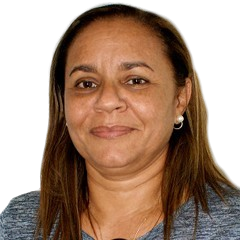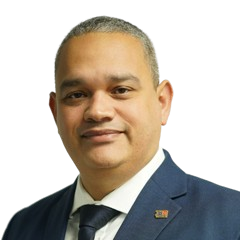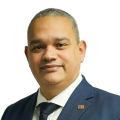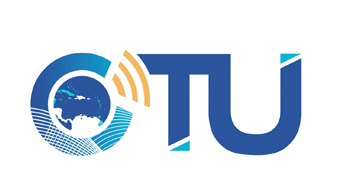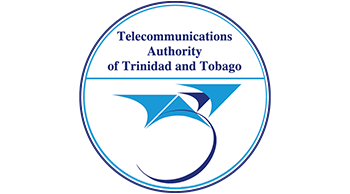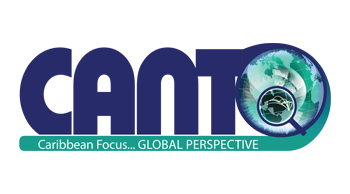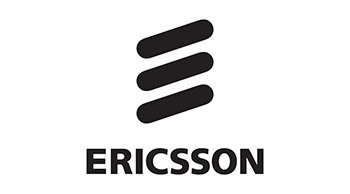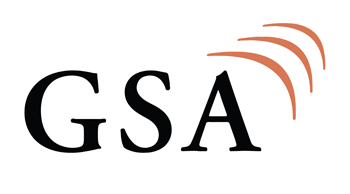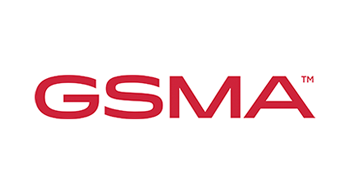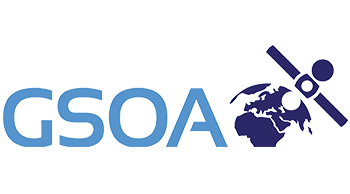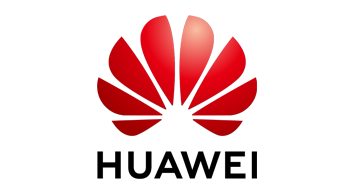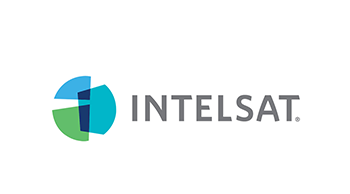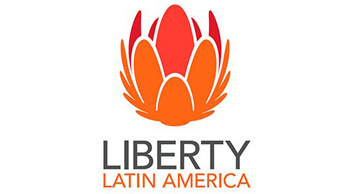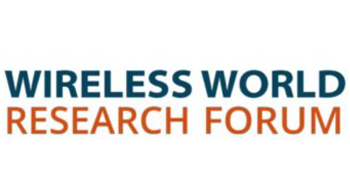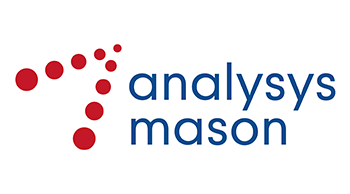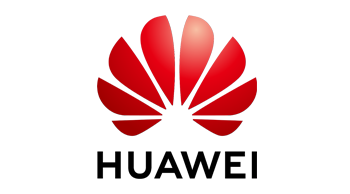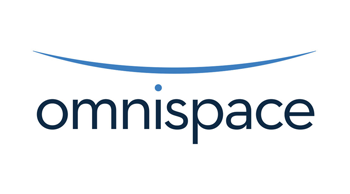The Hon. Daryl Vaz, MP is the Minister of Science, Energy, Telecommunications and Transport. The Ministry was renamed Ministry of Science, Energy, Telecommunications and Transport on May 22, 2023, following the addition of the Telecommunication and Transport Portfolios.
The major priorities of this Administration for the Ministry are the creation of an enabling environment to facilitate access to alternative sources of energy, greater incorporation of science and innovation, and ensuring universal access to broadband and wireless services as a right for all Jamaicans, with a specific focus on rural Jamaica.
As the Minister with portfolio responsibility for the Energy and Information and Communications Technology portfolios, Minister Vaz chairs the Joint Select Committee of Parliament established to review and report on the operations of both the Electricity Act, 2015 and the Cybercrimes Act, 2015. Under legislation, provisions were made for both Acts to be reviewed five years after promulgation.
The Cybercrimes Act, 2015 was promulgated to criminalise the misuse of computers /data to commit activities directed against same, as well as, other crimes; and facilitate the investigation and prosecution of cybercrimes; while the Electricity Act, 2015 was promulgated to consider important issues raised by the Regulator, Single Buyer, Independent Power Producers and Consumer Advocacy Groups, in relation to the update and renewal of the Electricity Act.
Additionally, Minister Vaz has been charged with leading the development of a National Broadband Strategy which seeks to:
- establish a national broadband network aimed at, among other things, supporting the provision of last mile service to the unserved or underserved;
- ensure the sustainability, security and reliability of the infrastructure which will be installed; and
- update the legal and regulatory framework to make the said network more agile and responsive.
- Prior to his appointment to the Ministry, Minister Vaz was the Minister without Portfolio in the Ministry of Economic Growth and Job Creation with responsibility for the Land, Environment, Climate Change and Investment portfolios. Minister Vaz was then assigned the Water and Housing portfolios and subject matters having to do with certain special economic development projects.
He was tasked with ensuring that water and housing projects were accelerated and that special economic projects, such as the Special Economic Zones come to fruition.
Minister Vaz has served Jamaica in several capacities. He is a former Minister without Portfolio in the Office of the Prime Minister with responsibility for Information and Telecommunications. He also served as a former Minister of State in the Office of the Prime Minister with responsibility for Project Implementation and Service Delivery.
He was an Opposition Spokesman on Land and the Environment as well as ICT and Digital Society Development.
Mr. Vaz’ political career began in 1986 when he was elected as the Councillor for the Waterloo Division of the KSAC in the Local Government Elections. Minister Vaz is the sitting Member of Parliament for Western Portland, a seat he has held since 2007. During the course of his political career, Minister Vaz served as Deputy Treasurer of the Jamaica Labour Party, a post he held from 2006 to 2010.
An astute businessman, Minister Vaz was the Founding President of the Jamaica Used Car Dealers Association.
He attended Mona Preparatory, Campion College and Miami Dade Community College in Miami, Florida.
He is married to Ann-Marie Theresa Vaz, JP, Member of Parliament for Eastern Portland. They have five children.


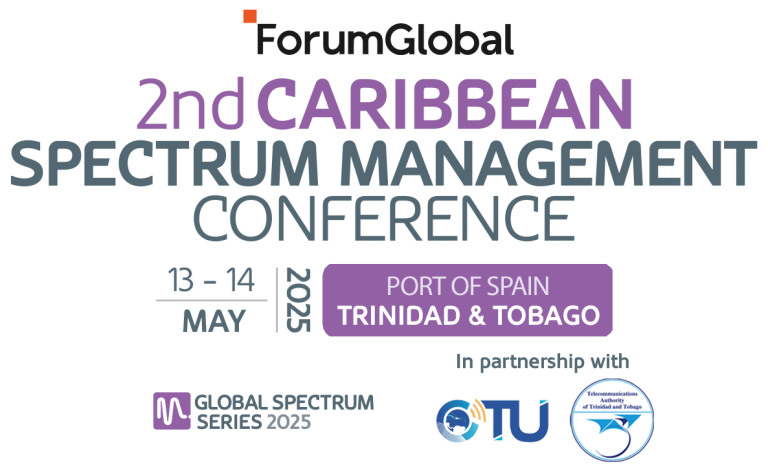

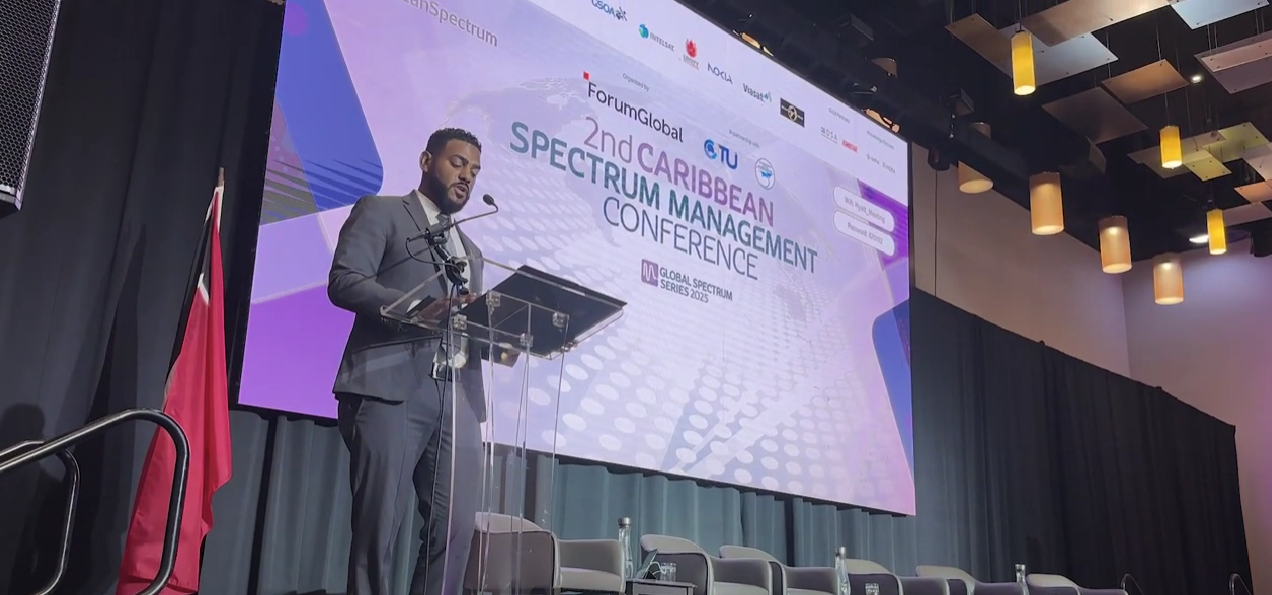



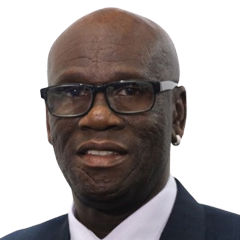
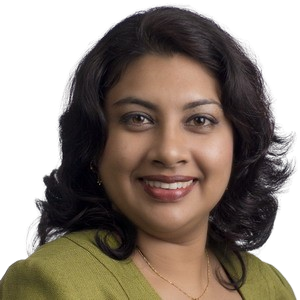

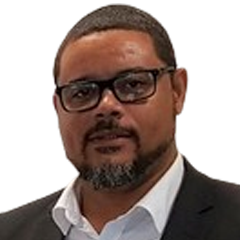








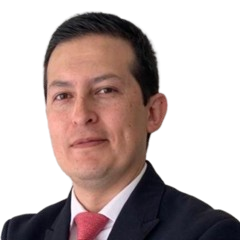
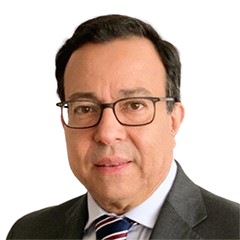


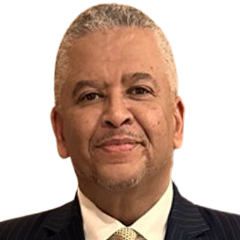


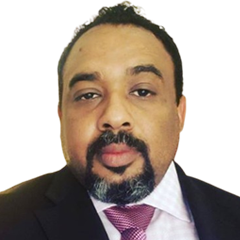



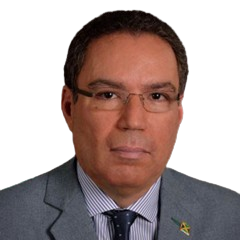
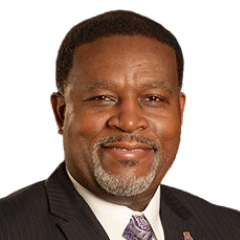
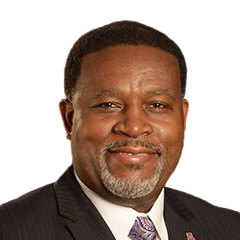 George Malcolm, Director, Policy & Strategic Planning, SMA Jamaica
George Malcolm, Director, Policy & Strategic Planning, SMA Jamaica 